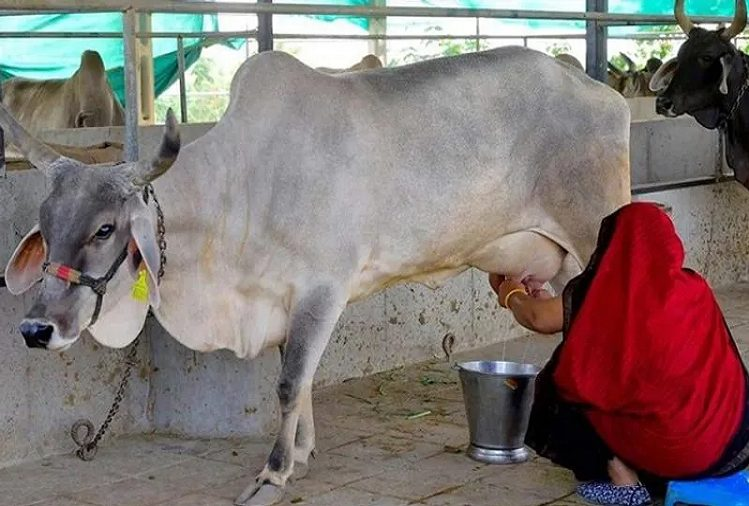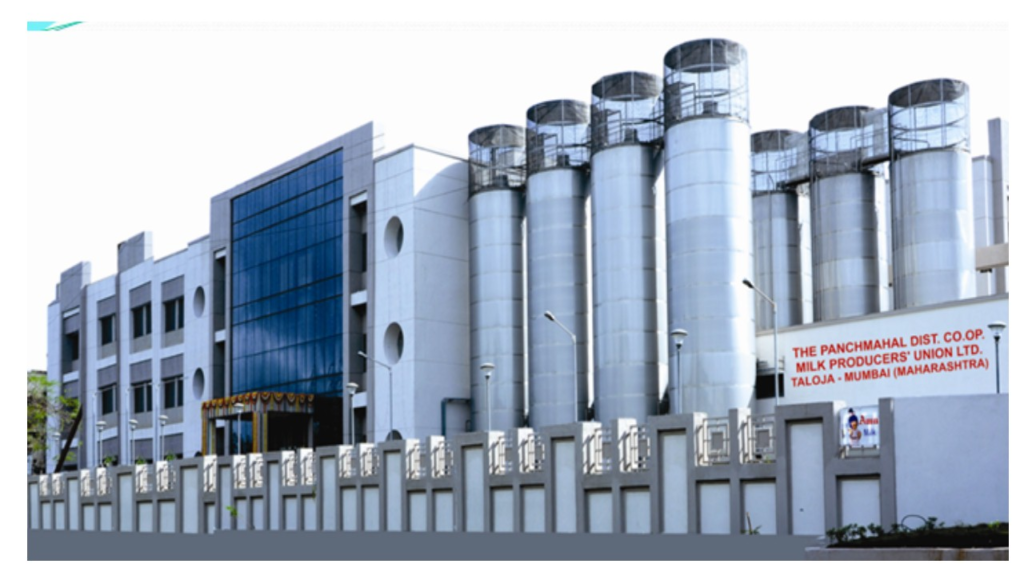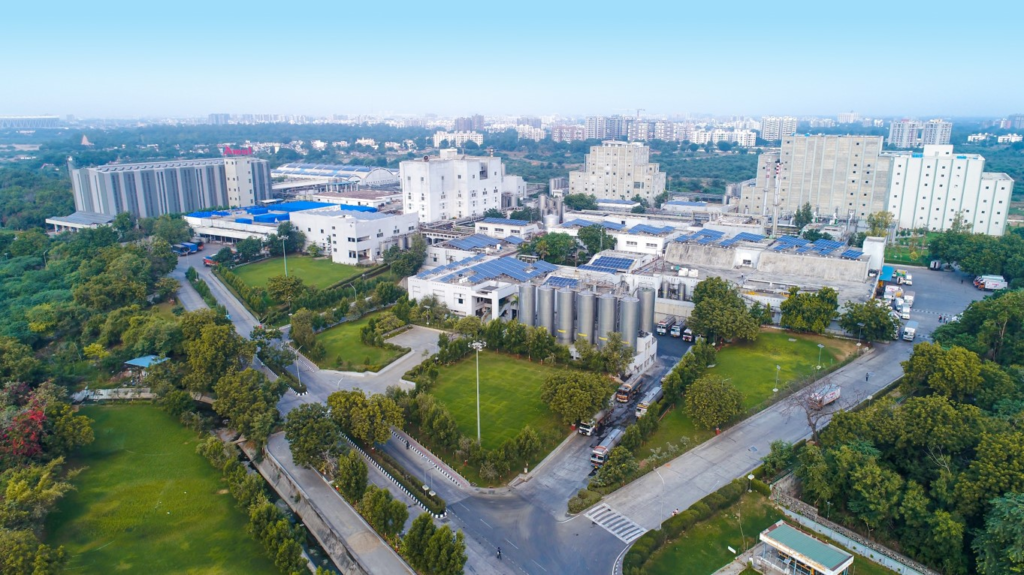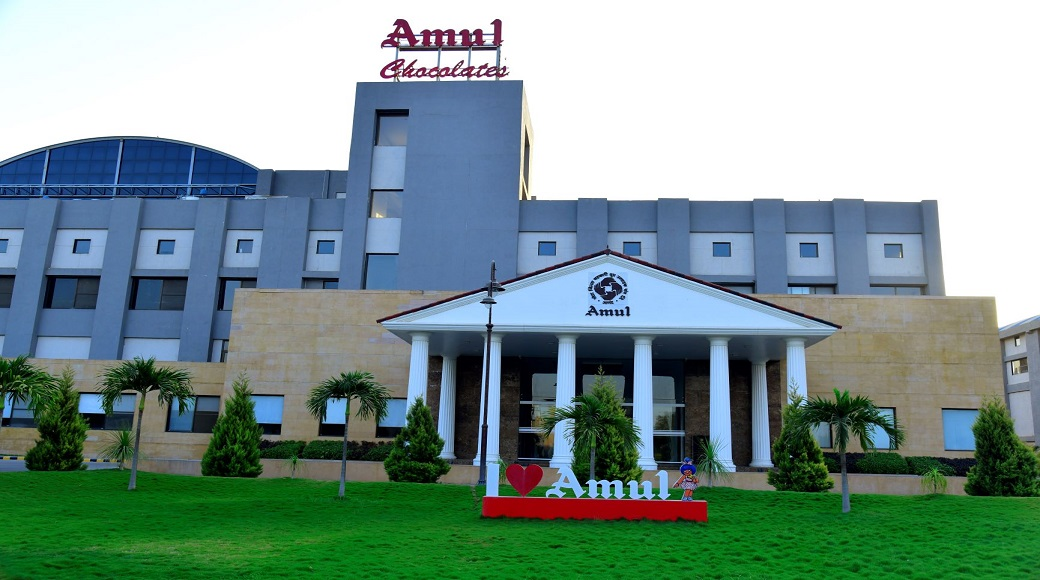Gujarat’s dairy sector stands as a shining example of how cooperative models can revolutionize entire industries, improve livelihoods, and bolster economic development.
Under the aegis of the Gujarat Cooperative Milk Marketing Federation (GCMMF), the state has carved an impressive niche in India’s dairy sector, setting national benchmarks and contributing significantly to the country’s milk production.
With a robust network of over 3.6 million farmer-members across more than 18,000 village cooperatives, Gujarat processes around 215 million litres of milk daily. The fiscal year 2023-24 saw this powerhouse of productivity achieve a staggering annual turnover of ₹80,000 crore.
This success story not only underscores Gujarat’s leadership in dairy production but also illustrates the transformative potential of cooperative frameworks.
The Power of Cooperative Models in Gujarat’s Dairy Success
Gujarat’s dairy dominance rests heavily on the strength and efficacy of its cooperative structure. GCMMF, the apex body managing the famed Amul brand, is the lifeline of this system. It operates on principles of collective ownership, decentralized decision-making, and shared profits.
Each farmer-member, regardless of the size of their contribution, has a stake in the cooperative’s success. This inclusive approach ensures that benefits trickle down to even the smallest dairy farmers, creating a cycle of sustainable growth and prosperity.
The cooperative model has significantly uplifted Gujarat’s rural economy by empowering farmers. With fair pricing policies and profit-sharing mechanisms, farmers are not just suppliers but active stakeholders. This has fostered a sense of ownership and accountability, ensuring that quality and productivity remain top-notch.
Read : Gujarat Aims to Become USD 3.5 Trillion Economy by 2047: CM Bhupendra Patel
Additionally, the cooperatives invest heavily in training and capacity building, equipping farmers with modern dairy practices, veterinary support, and financial literacy. These interventions have not only improved milk yields but also enhanced the overall quality of life in rural Gujarat.
Read : Gir Forest to Rann of Kutch: Navigating Gujarat’s Natural Wonders
The state’s success also stems from a deep-rooted culture of innovation. Technology plays a crucial role in ensuring efficiency and transparency within the cooperatives. From digital payment systems to automated quality checks, every aspect of the supply chain is meticulously monitored.

This minimizes losses, prevents fraud, and ensures that farmers receive fair compensation. The implementation of stringent quality standards has bolstered consumer trust, allowing brands like Amul to dominate not just the domestic market but also make significant inroads internationally.
Government Initiatives: Catalysts for Growth
The remarkable growth trajectory of Gujarat’s dairy sector owes much to the proactive policies and initiatives spearheaded by the government. Prime Minister Narendra Modi’s tenure as Chief Minister of Gujarat laid the foundation for many of these reforms. His vision of a self-reliant and prosperous rural economy has translated into tangible policies that support dairy farming as a critical component of agrarian development.
Amit Shah, with his deep understanding of cooperative structures, has further reinforced these policies at the national level. Special emphasis has been placed on infrastructure development, with investments in modern dairy plants, cold storage facilities, and transport networks.
These infrastructural advancements have streamlined the supply chain, reduced wastage, and ensured that fresh milk reaches consumers promptly. Additionally, subsidies and financial support for dairy farmers have alleviated the burden of capital investment, allowing them to focus on productivity.
Programs promoting women’s participation in dairy cooperatives have also been pivotal. Women constitute a significant portion of the workforce in Gujarat’s dairy sector, and targeted initiatives have empowered them economically and socially.
Self-help groups and microfinance schemes have provided them with the resources and training needed to manage their own dairy farms, contributing significantly to household incomes and rural development.

The government’s focus on leveraging technology has further accelerated growth. Initiatives like digital milk testing and blockchain-based supply chain tracking have enhanced transparency and traceability. Farmers are equipped with mobile apps to monitor milk prices, receive veterinary advice, and track their payments.
These technological interventions ensure that the benefits of growth are equitably distributed, fostering trust and collaboration within the cooperative ecosystem.
Economic and Social Impact on Rural Communities
The ₹80,000 crore turnover achieved by Gujarat’s dairy cooperatives is not just a number—it represents a profound socio-economic transformation. The ripple effects of this success are felt across the state, particularly in rural communities.
Dairy farming has emerged as a reliable source of income for millions of families, reducing their dependence on agriculture, which can often be unpredictable due to climatic conditions.
Shankar Chaudhary, Chairman of Banas Dairy, attributes this success to the robust cooperative framework. He highlights how the sector has improved the livelihoods of over 35 lakh dairy farming families.
The fair pricing model ensures that farmers receive a substantial share of the profits, enhancing their economic stability. This has led to improved living standards, better education for children, and increased investments in healthcare and housing.
The cooperative model has also played a crucial role in fostering social cohesion. Village-level cooperatives serve as platforms for community engagement and collective problem-solving.

Farmers collaborate not just on dairy-related issues but also on broader socio-economic challenges, fostering a sense of solidarity and mutual support. This has contributed to the overall development and stability of rural Gujarat, creating a resilient and self-sustaining ecosystem.
Moreover, the dairy sector has created a plethora of ancillary employment opportunities. From logistics and packaging to veterinary services and retail, the industry supports a wide array of jobs, both directly and indirectly.
This has curbed rural-to-urban migration, as people find viable employment opportunities within their communities. The economic multiplier effect of the dairy industry has spurred growth in other sectors as well, creating a dynamic and interconnected rural economy.
Gujarat’s dairy sector stands as a testament to the transformative power of cooperative models. The ₹80,000 crore turnover achieved in the fiscal year 2023-24 is not just an economic milestone—it reflects the resilience, innovation, and collaborative spirit of millions of farmers.
Through proactive government policies, technological advancements, and a deep-rooted culture of cooperation, Gujarat has set a benchmark for the rest of the country. The success of GCMMF underscores the potential of cooperatives to drive inclusive growth, uplift rural communities, and strengthen the broader economy.
As India continues its journey towards becoming a global dairy powerhouse, Gujarat’s model offers valuable lessons in sustainability, equity, and collective prosperity.
let’s enjoy few years on earth with peace and happiness….✍🏼🙏

